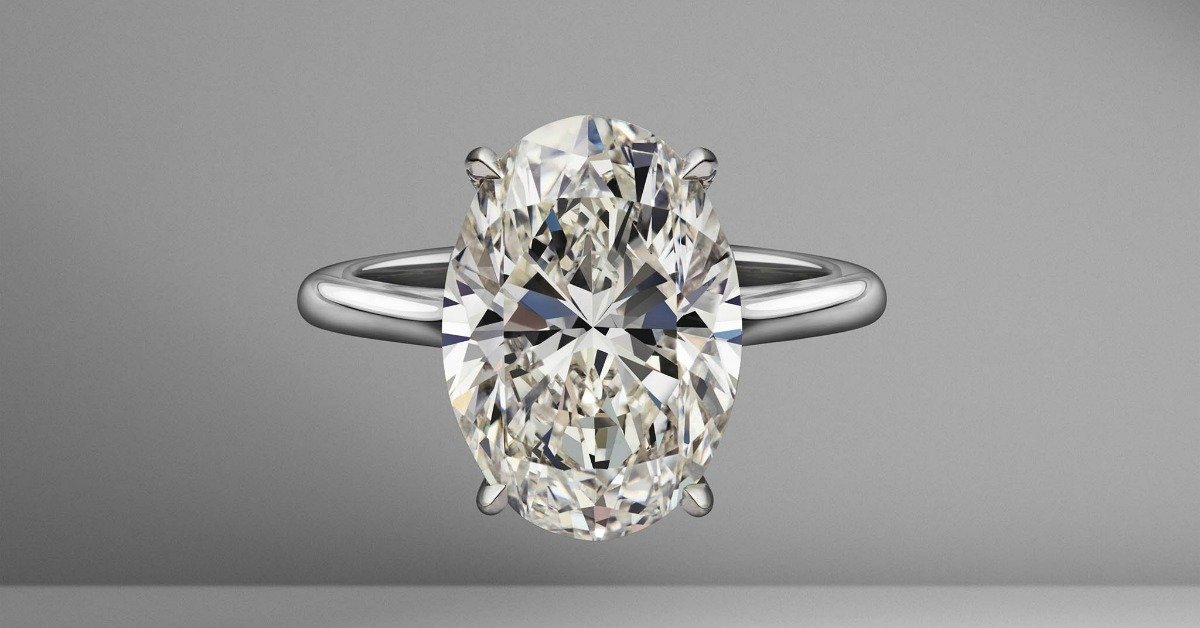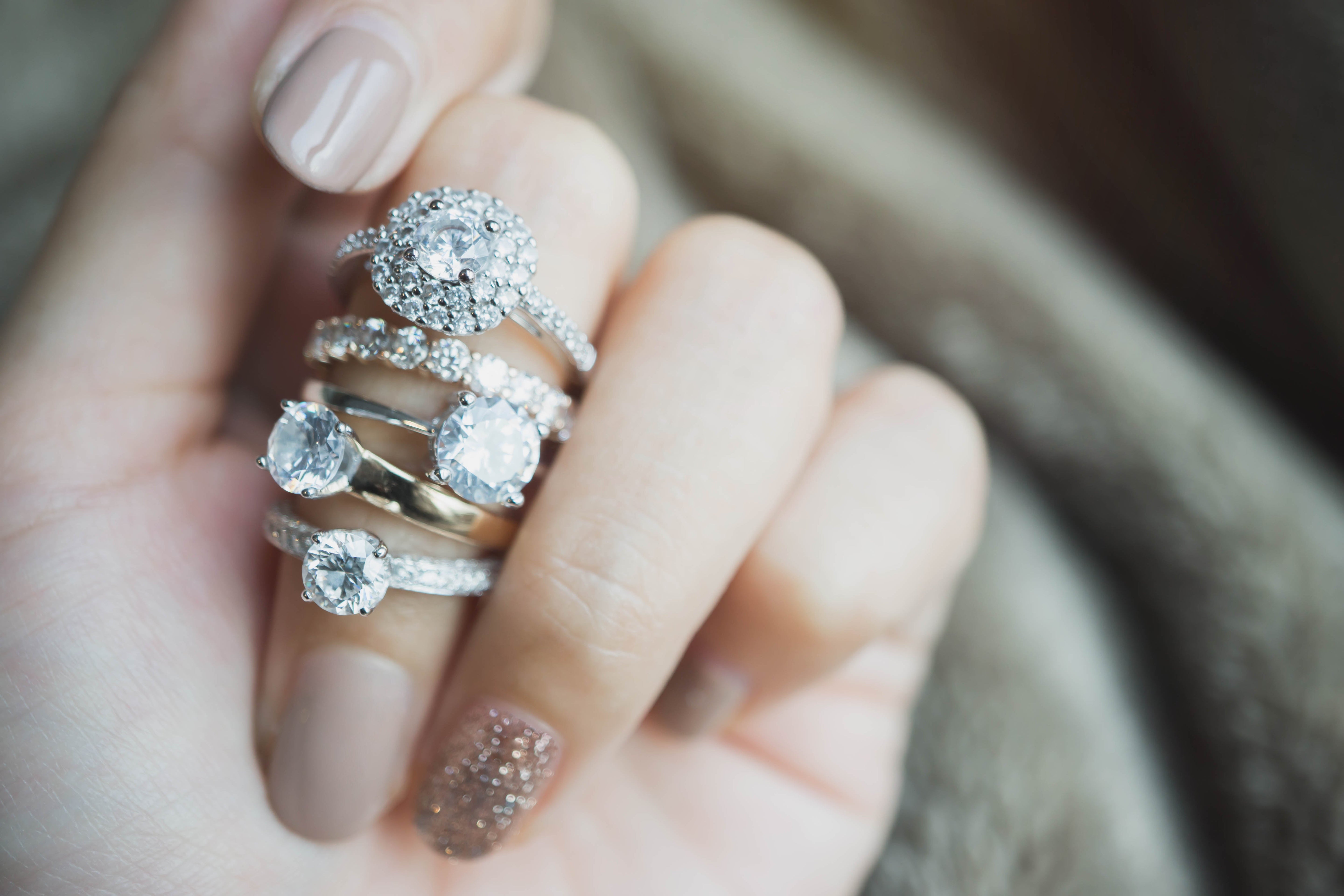
Can A Diamond chip Or Break?
Yes, diamonds can chip or break. While they are the hardest natural material on Earth, that doesn’t mean they’re indestructible.
At White Diamonds, we often hear people say, “But I thought diamonds were forever?” And they are—if you care for them properly. This guide walks you through what makes a diamond vulnerable, how to protect it, and what to do if damage happens.
Are Diamonds Really That Hard?
Diamonds are incredibly hard, but not invincible.
They score a perfect 10 on the Mohs scale, meaning they’re resistant to scratches. But that only tells part of the story.
Fact: Hardness means scratch resistance—not resistance to breaking.
Diamonds have natural cleavage planes in their crystal structure. A sharp hit at the right angle (or the wrong one) can cause chips, fractures, or even breaks.
Can a Diamond Chip?
Yes, diamonds can chip—especially along edges, corners, or the girdle.
The most common causes include:
-
Knocking your ring against granite, metal, or tile
-
Dropping your diamond onto a hard floor
-
Wearing vulnerable cuts like marquise or princess shapes without protective settings
The Short Answer: Diamonds can chip during daily wear if struck at the right spot, even if they’re flawless.
At White Diamonds, we often recommend halo or bezel settings to add extra protection to exposed edges.
Can a Diamond Break?
It’s rare, but yes—a diamond can break.
This typically happens when:
-
The diamond is struck directly along a cleavage plane
-
It has a significant internal inclusion or flaw
-
The setting isn’t secure and the diamond experiences pressure
What You Should Know: While diamonds rarely break, it’s possible under enough force, especially with poor setting or hidden flaws.
Do Lab Grown Diamonds Chip or Break the Same Way?
Yes—lab grown diamonds are no more nor less prone to damage than their natural counterparts.
They’re made of the same carbon crystal structure, with the same hardness and cleavage planes. If durability is a concern, choose a secure setting and keep up with routine inspections—regardless of origin.
How Can I Tell If My Diamond Is Chipped?
Look closely for:
-
A tiny notch, white mark, or dent near the edge
-
A change in sparkle, shape, or light reflection
-
Visible irregularities near the girdle or corners
Pro Tip: Bring your jewelry in for a complimentary inspection at White Diamonds if you notice anything unusual.
We’ll confirm whether it’s damaged and help you decide the best solution.
What Happens If a Diamond Chips?
Good news: A chipped diamond can often be repaired or redesigned.
Here’s what you can do:
-
Recut the stone to eliminate the chip
-
Reset it with a new setting that hides the damage
-
Redesign the piece completely with a fresh look
White Diamonds specializes in custom redesigns that give your damaged pieces a beautiful second life.
Can I Still Wear a Chipped Diamond?
Sometimes. It depends on:
-
The size and location of the chip
-
Whether the setting offers enough protection
-
The risk of the chip worsening over time
Reminder: Wearing a chipped diamond without protection could lead to more serious damage.
Our expert jewelers can assess whether it's safe to keep wearing—or if a repair is your best move.
How Can I Prevent My Diamond from Chipping?
Here are five smart ways to protect your diamond:
-
Choose a strong setting (halo, bezel, or V-prong for fancy shapes)
-
Take off your ring during heavy activity or chores
-
Get it inspected every 6–12 months
-
Insure your piece in case of damage or loss
Avoid wearing diamonds to the gym or while doing manual labor
Tip: The best way to prevent a diamond from chipping is to protect vulnerable points with a secure setting and regular checkups.
What Should I Do If My Diamond Chips or Breaks?
Here’s your step-by-step action plan:
-
Stop wearing the piece immediately
-
Store it safely to avoid further damage
-
Schedule an inspection with your trusted jeweler
-
Explore options like recutting, resetting, or redesign
If your diamond chips, stop wearing it and bring it to a jeweler like White Diamonds for expert evaluation and repair.
How Common Is Diamond Chipping?
More common than most people expect.
While diamonds are tough, daily wear—especially in rings—can take a toll. Shapes with points (like pear, princess, and marquise) and thin girdles are most at risk.
Did You Know? Most chips happen during everyday tasks—not major accidents.
That’s why we offer routine maintenance and inspections to help you catch issues early.
Final Thoughts: Forever Starts with Care
Yes, a diamond can chip or break—but it doesn’t have to. With smart design choices, regular maintenance, and a little know-how, you can keep your diamond sparkling for a lifetime.
And if something does happen? We’re here for you.
At White Diamonds, we’re more than your jeweler—we’re your partner in preserving what matters. From inspections to repairs to full custom redesigns, we make it simple, personal, and beautiful.
Let’s Keep Your Diamonds Safe and Stunning
Visit us at:
White Diamonds
1638 N Washington Blvd Ste 202
North Ogden, UT 84414
Call: 801-782-3531
Email: sales@whitediamondsutah.com
Explore our lab and natural diamonds
Book a free inspection or design consultation
Start your redesign with White Diamonds today
Before you make your next jewelry decision—or worry over a chip—check White Diamonds first.


